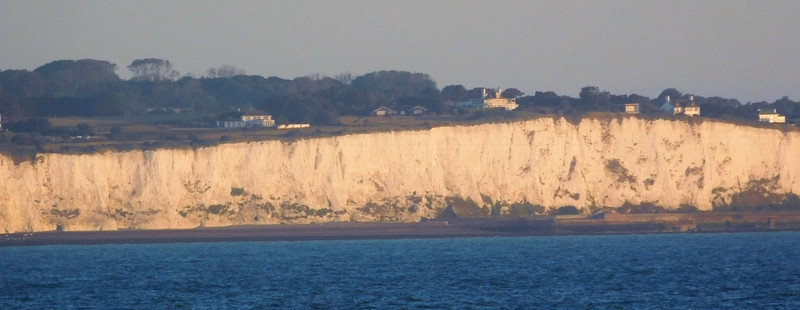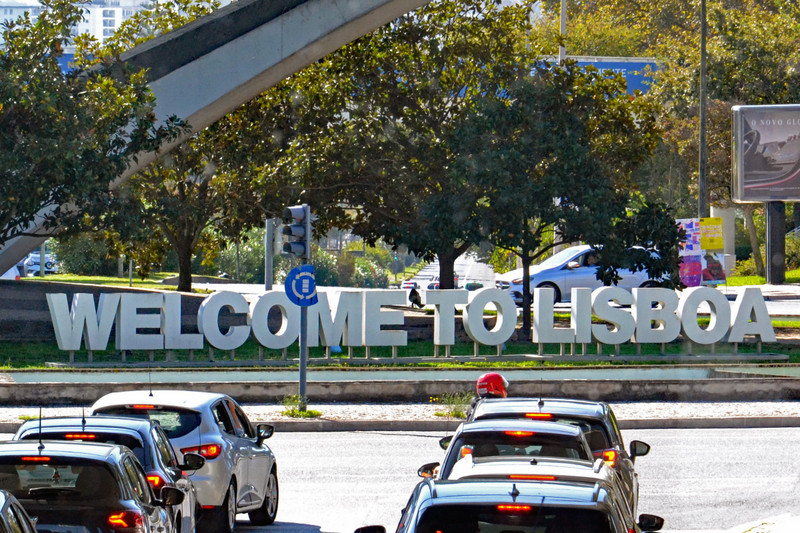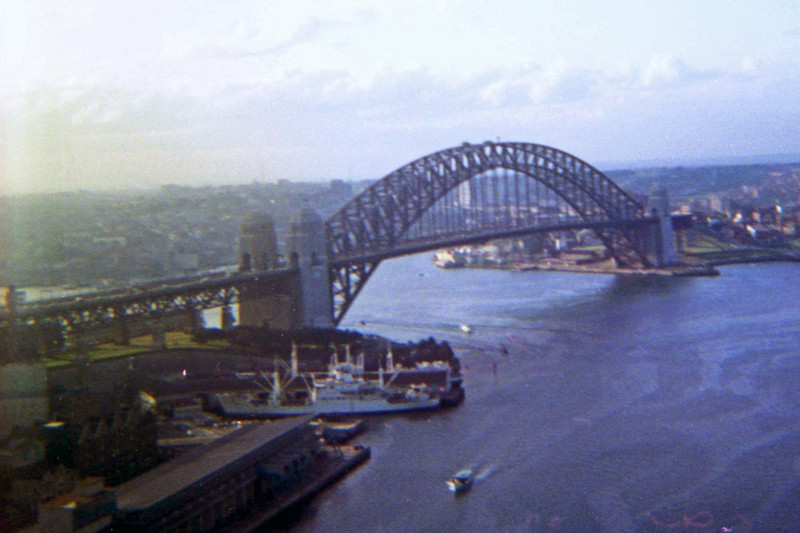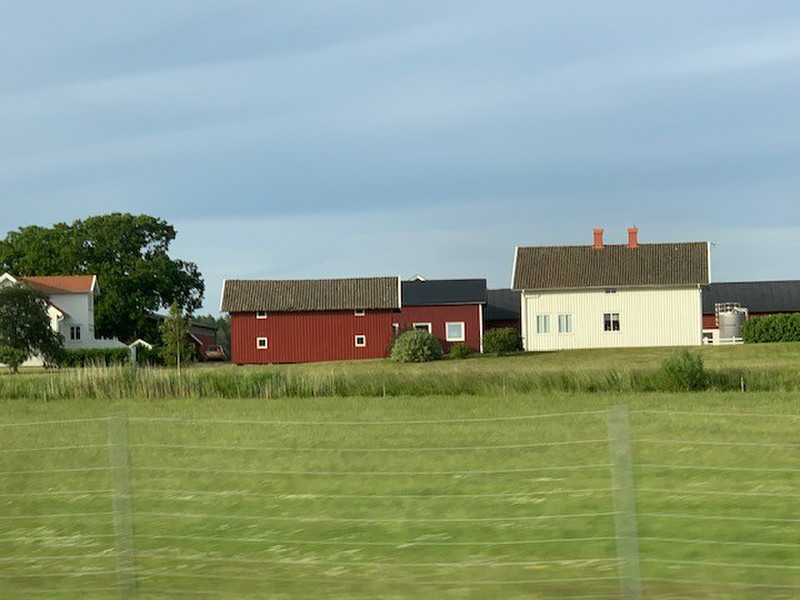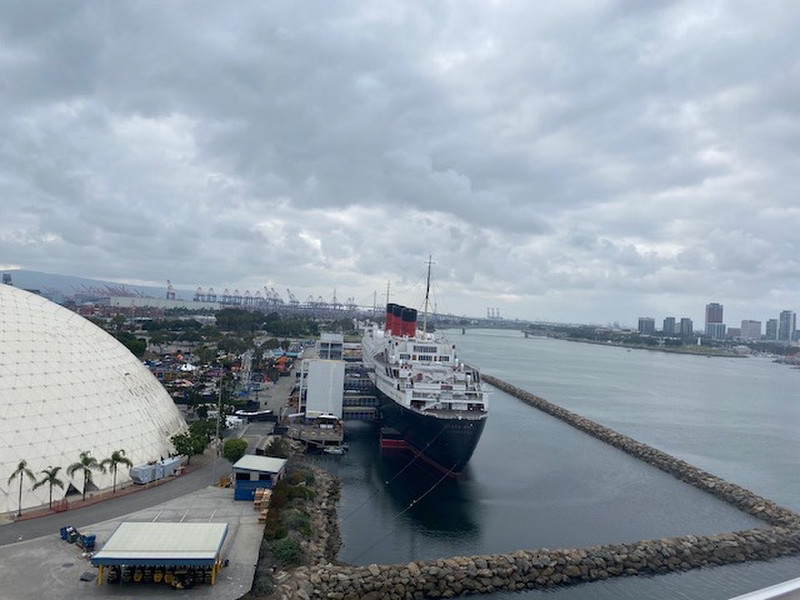A town and major ferry port in Kent in southeast England, Dover faces France across the Strait of Dover, the narrowest part of the English Channel, just 21 miles from Cap Gris Nez. Immortalized in books, movies, and songs (remember Vera Lynn?) over the years, the White Cliffs of Dover is the region of English coastline facing the Strait. The cliff face reaches a height of 350 and owes its striking appearance to of chalk, accented by streaks of black flint, deposited during the late Cretaceous period. The cliffs on both sides of the town stretch for 8 miles, and a section of coastline the cliffs was purchased by the National Trust in 2016. At this point, Britain is closest to continental Europe, and on a clear day (yes, they do get these occasionally), buildings are visible from the French coast.
A possible Iron Age hillfort has been discovered at Dover, on the site of the later castle. This area was also inhabited during the Roman period when Dover was used as a port. A lighthouse survives from this era, one of two which helped shipping navigate the port. It is
likely the region surrounding the surviving lighthouse was inhabited in early medieval times, as archaeologists have uncovered a Saxon cemetery here, and the Church of St. Mary in Castro was built adjacent to the lighthouse in the 10th or 11th century. It is thought that the Old English name for Britain (Albion) was derived from the Latin albus (meaning white), as an allusion to the white cliffs.
During the Battle of Ballon, which took place between England and France in 1216, Louis VIII of France used Dovers mainland beach as a landing zone for his army, to depose King Henry III. Henry responded to this onslaught by ambushing Louis army from atop the white cliffs. This battle is marked as the beginning of the Siege of Dover, as the French were able to make their way into the seaside village, taking military control and forcing English troops back to Canterbury. French control of dover lasted for 3 months, after which English troops were able to push back and force the French to surrender and return home. England and France have been hereditary enemies for centuries – must be in the DNA!
many peoples bucket list and wish lists. views across the English Channel, spotting France on the horizon and watching cruise ships and ferries as they enter and depart from Dover Harbor. There is a huge variety of coastal and countryside routes to explore here, through beautiful rural landscapes with rare chalk grassland habitat and stunning panoramic views suitable for all ages and abilities. Dover is proud to have been awarded the Walkers Are status, and the town organizes an annual Walking Festival.
The Gateway to England has been a significant port since medieval times and played a crucial defensive role during WWll. It was heavily bombarded by the Germans, but thankfully many significant historical buildings, ancient archaeological remains and areas of outstanding natural beauty, managed to escape unscaled. Dont miss the Dover Museum which proudly houses the worlds oldest surviving vessel: the Bronze Age Boat on display here, just yards from where it was originally discovered.
The most outstanding must see structure is Dover Castle, an icon of England. Built soon after William the Conquerors invasion in 1066, this mighty fortress has been the site of royal intrigue and epic sieges and
was at the center of the crucial war effort to evacuate hundreds of thousands of Allied troops from the beaches of Dunkirk. It isnt just another castle ruin. Step inside the Great Tower and immerse yourself in the royal court of King Henry ll. Experience the color and opulence of one of Englands most important castles. The secret wartime tunnels have provided shelter, safety, and secrecy to those defending English shores, for over 200 years. A new exhibition here allows you to delve deeper into the history of the tunnels, from Napoleonic times to the Cold War.
